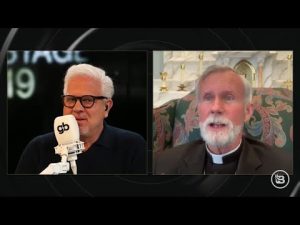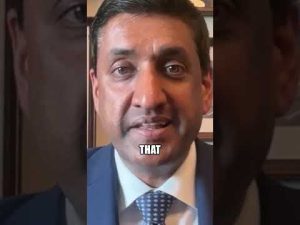In January, a tragedy unfolded on Bourbon Street in New Orleans, where the chaos of Islamic terrorism struck, claiming the lives of 14 individuals and injuring many others. The serene celebration of the New Year was shattered, leaving behind sorrow and disillusionment. This incident has raised serious questions about the effectiveness and priorities of federal and local law enforcement agencies and highlights the fractures in American society stemming from misguided policies focusing on diversity, equity, and inclusion rather than competency.
Many believe the events in New Orleans were not simply a random act of violence but rather the result of negligence within the current administration. Critics argue that an apparent lack of urgency and effectiveness from the FBI and local law enforcement allowed the radicalization of individuals like San Suu Sensibar to go unnoticed. If the FBI were genuinely focused on identifying threats, they would have been able to detect this potential danger before it escalated. Instead, the narrative has shifted towards hiring practices based on ethnicity and gender rather than prioritizing qualifications and expertise.
New Orleans’ police chief, despite her position, showed a concerning lack of awareness regarding available safety measures that could have potentially mitigated the tragedy. Barriers, which could have been utilized to prevent such incidents, were ignored, demonstrating a serious oversight that some believe directly led to the deaths of innocent people. Critics suggest the city’s decision to prioritize diversity over competence in its leadership may have contributed to this failure and ultimately cost lives. It serves as a chilling reminder that a focus on appearances can sometimes overshadow the fundamental responsibilities of keeping the community safe.
This incident is reminiscent of a different time in America when national unity and shared purpose were palpable, especially following the harrowing attacks on September 11, 2001. In the aftermath of those terrorist acts, the nation rallied together against a common threat, displaying a sense of pride and resilience. The stark contrast between those days and the current climate is unsettling, as today’s response to similar threats seems muted and fragmented. The emotional disconnect raises questions about the state of patriotism and collective resolve in the face of Islamic extremism.
As America navigates these tumultuous waters, the focus seems to be divided. Many worry that federal agencies are misplacing priorities, targeting the wrong threats. The troubling trend appears to be a slow normalization of ideologies that may be harmful to the very fabric of society. With each passing day, a critical examination of leadership, policies, and their repercussions on public safety becomes more essential. Falling victim to “death by a thousand paper cuts” might just be the cost of allowing such catastrophic mismanagement to continue unchecked, leaving the nation to ponder what could have been done differently to prevent tragedies like the one in New Orleans.







